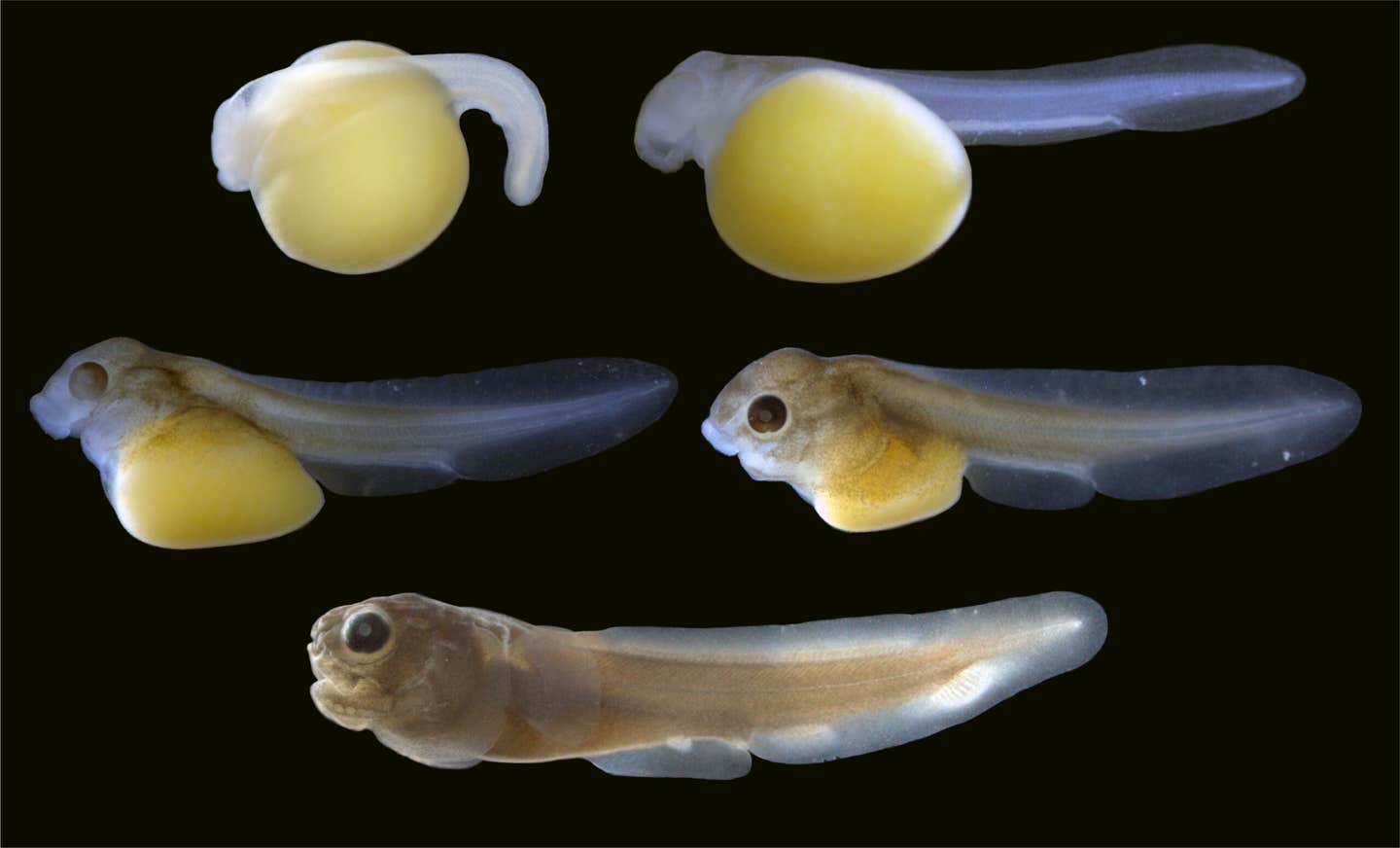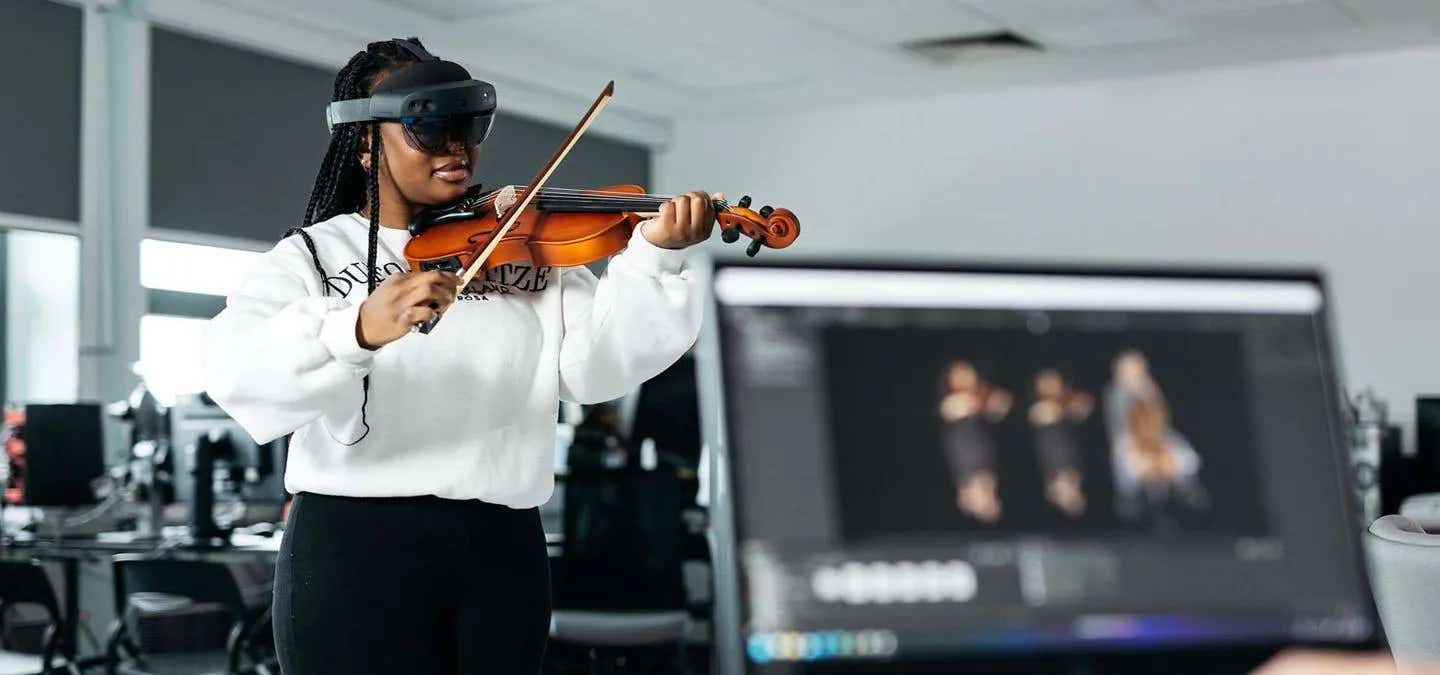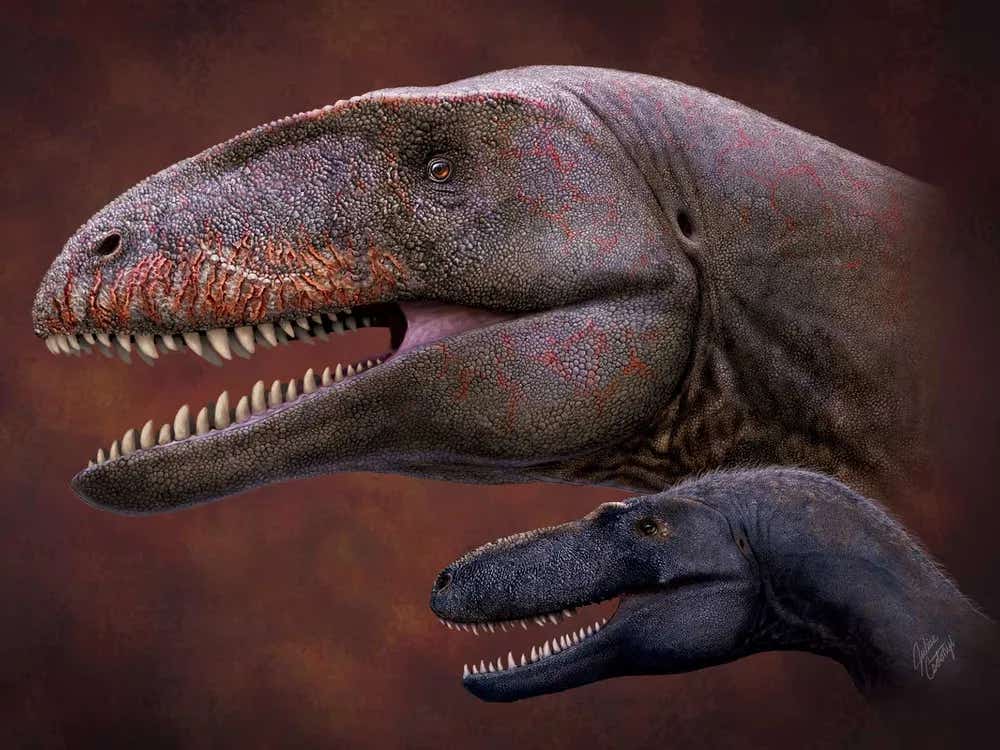Meet the fish guarding genetic secrets that can unravel humanity’s evolution
As we live and breathe, ancient-looking fish known as bowfin are guarding genetic secrets that that can help unravel humanity’s evolution

[Sept 4, 2021: Michigan State University]
As we live and breathe, ancient-looking fish known as bowfin are guarding genetic secrets that that can help unravel humanity’s evolutionary history and better understand its health.
Michigan State researchers Ingo Braasch and Andrew Thompson are now decoding some of those secrets. Leading a project that included more than two dozen researchers spanning three continents, the Spartans have assembled the most complete picture of the bowfin genome to date.
“For the first time, we have what’s called a chromosome-level genome assembly for the bowfin,” said Braasch, an assistant professor of integrative biology in the College of Natural Science. “If you think of the genome like a book, what we had in the past was like having all the pages ripped out in pieces. Now, we’ve put them back in the book.”
“And in order,” added Thompson, a postdoctoral researcher in Braasch’s lab and the first author of the new research report, published in the journal Nature Genetics.
This is really important information for a few reasons, the duo said, and it starts with the bowfin being what Charles Darwin referred to as a “living fossil.” The bowfin, or dogfish, looks like an ancient fish.
Related Stories:
This doesn’t mean that the bowfin hasn’t evolved since ancient times, but it has evolved more slowly than most fishes. This means that the bowfin has more in common with the last ancestor shared by fish and humans, hundreds of millions of years ago, than, say, today’s zebrafish.
Zebrafish — which are modern, so-called teleost fishes — are a notable example because they’re widely used by scientists as a model to test and develop theories about human health. Having more genetic information about the bowfin helps make the zebrafish a better model.
“A lot of research on human health and disease is done on model organisms, like mice and zebrafish,” Thompson said. “But once you identify important genes and the elements that regulate those genes in zebrafish, it can be hard to find their equivalents in humans. It’s easier to go from zebrafish to bowfin to human.”
For example, one particularly interesting gene is one that’s used in developing the bowfin’s gas bladder, an organ the fish uses to breathe and store air. Scientists believe that the last common ancestor shared by fish and humans had air-filled organs like these that were evolutionary predecessors to human lungs.
In their new study, the Spartan researchers could see that a certain genetic process in the bowfin’s gas bladder development bore striking similarities to what’s known about human lung development. A similar process is also present in the modern teleost fishes, but it’s been obscured by eons of evolution.
“When you looked for the human genetic elements of this organ development in zebrafish, you couldn’t find it because teleost fishes have higher rates of evolution,” Thompson said. “It’s there in modern fishes, but it’s hidden from view until you see it in bowfin and gar.”
The gar is another air-breathing fish with “living fossil” status that’s studied by Braasch and his team. With both the gar and bowfin genomes, the team was able to show where these genetic elements linked to gas bladder and lung formation were hiding out in the modern teleost fishes. The ancient fish enable researchers to build a better bridge between the established modern fish model organisms and human biology.
“You don’t want to base that bridge on one species,” said Braasch, who added this finding also strengthens the implications for evolutionary history. “This is another piece of the puzzle that suggests the common ancestor of fish and humans had an air-filled organ and used it for breathing at the water surface, quite similar to what you see in bowfin and gar.”
Although these findings have insights that are pertinent to all of humanity, Spartans might feel a special affinity for the bowfin. For starters, male fish turn their fins and throats a bright shade of green during spawning season. Also, famed biologist William Ballard of Dartmouth College studied bowfin development from eggs to larval fish at Michigan State’s W.K. Kellogg Biological Station during the 1980s. This was what he called his “Odyssey of Strange Fish,” and Braasch’s team now uses his work to guide their genomic analyses of bowfin development.
Bowfins are native to Michigan. They could be in the Red Cedar River on MSU’s campus now, according to Thompson, but they also can be quite elusive and, sometimes, very aggressive. This made collaborations essential for securing specimens. With colleagues at Nicholls State University in Louisiana, the team caught bowfins for genome sequencing. Amy McCune, a collaborator and professor at Cornell University, knew where to find bowfin eggs in upstate New York and had a graduate student gifted at securing these unique samples for investigating bowfin development.
The Spartans also had connections at other universities and institutions with experts in bowfin biology, chromosome evolution and more. All told, the team included researchers from six states as well as France, Japan and Switzerland. Back in East Lansing, graduate students Mauricio Losilla and Olivia Fitch, research technologist Brett Racicot, and Kevin Childs, director of the MSU Genomics Core facility, also contributed to the study, which comes with an interesting twist at the end.
Almost all vertebrate creatures that grow paired limbs or fins share a common gene.
“Humans use it, mice use it. All fishes that have been studied so far use it,” Braasch said. “The naïve expectation would be that bowfin do, too.”
But that’s not what the team found. The bowfin, the “living fossil,” has evolved a different way of growing its paired fins.
“For whatever reason, it changed its genetic programming. Even ‘living fossils’ keep evolving. They’re not frozen in time,” Braasch said. “It’s sort of a cautionary tale that we shouldn’t take these things for granted. You have to look trait by trait, gene by gene and across many different species to paint the complete picture.”
Like these kind of feel good stories? Get the Brighter Side of News' newsletter.
Tags: #New_Discoveries, #Science, #Evolution, #Fish, #Bowfin, #Humans, #The_Brighter_Side_of_News
Joshua Shavit
Science & Technology Writer | AI and Robotics Reporter
Joshua Shavit is a Los Angeles-based science and technology writer with a passion for exploring the breakthroughs shaping the future. As a contributor to The Brighter Side of News, he focuses on positive and transformative advancements in AI, technology, physics, engineering, robotics and space science. Joshua is currently working towards a Bachelor of Science in Business Administration at the University of California, Berkeley. He combines his academic background with a talent for storytelling, making complex scientific discoveries engaging and accessible. His work highlights the innovators behind the ideas, bringing readers closer to the people driving progress.



